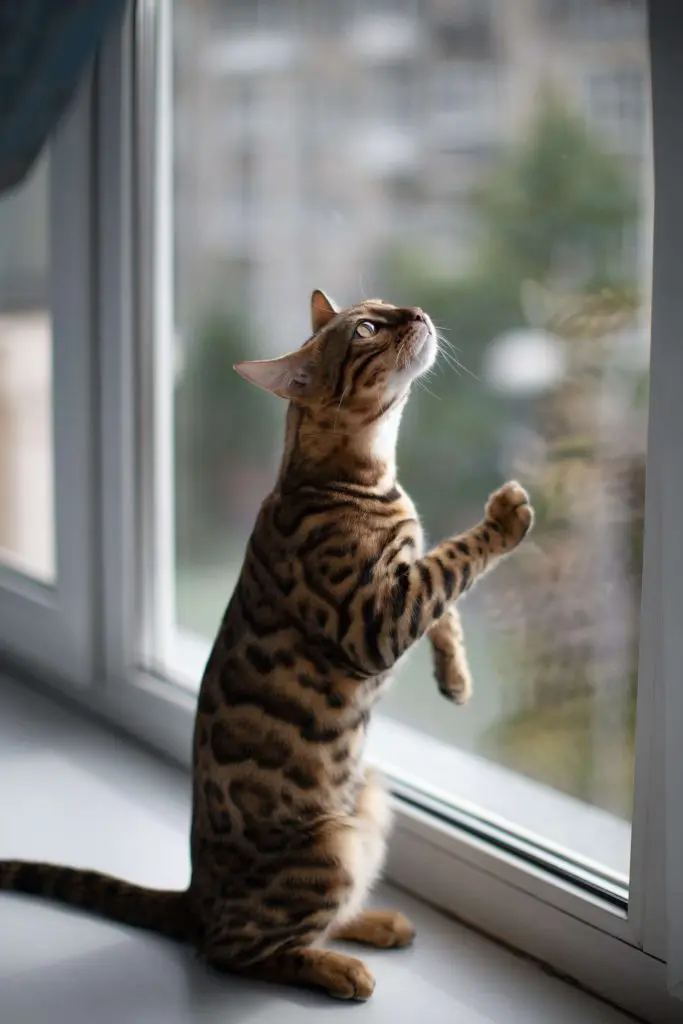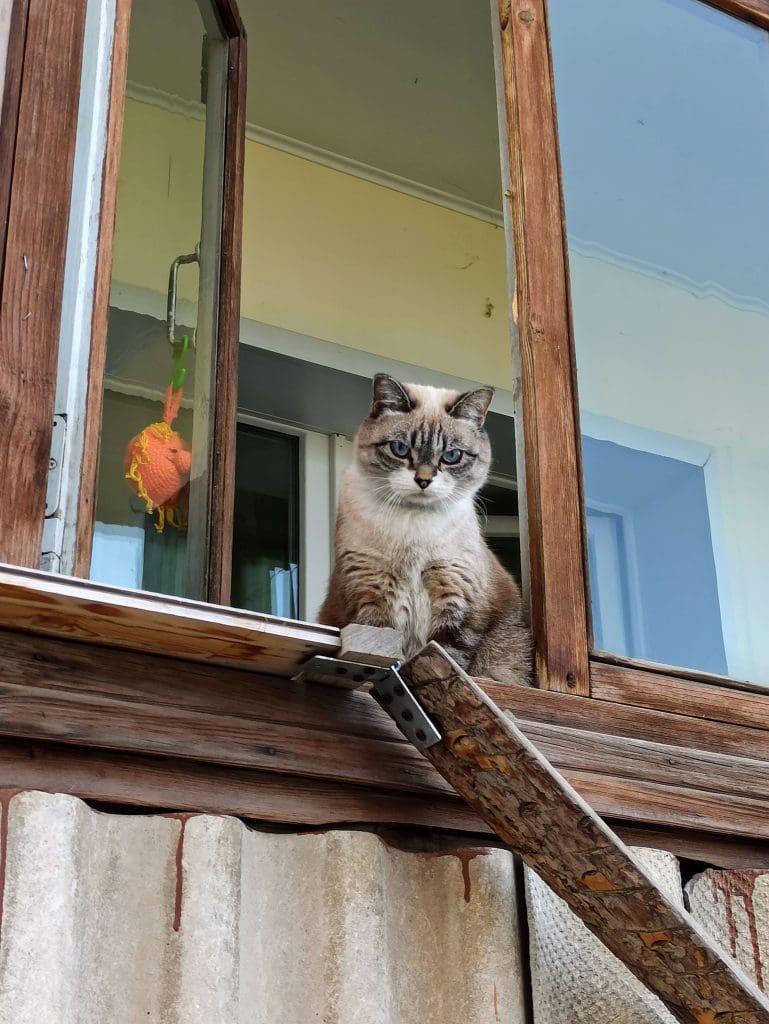Our feline friends are well-known for their acrobatics and daredevil stunts. This sense of adventure may make cat videos go viral, but for high-rise condo and apartment dwellers, it’s a source of concern.
If your cat makes a beeline for your balcony or loves to perch in an open window, you’ve probably felt a twinge of worry: Does my cat know when it’s too high to safely jump?
While experts say that it’s unlikely that cats will deliberately leap from a dangerously high window or terrace, injuries from an accidental fall are quite common. Here is what pet parents should know about their cats’ fall risk and how to help keep them safe.
 Why do cats love heights?
Why do cats love heights?Despite the risks, many cats are drawn to the highest point they can reach.
This love of heights comes from their wild ancestors, who sought out tall trees both to stalk prey and protect themselves from predators. Today’s domestic cats are also drawn to high vantage points, and they have no natural fear of heights. For this reason, cats are naturally attracted to windows and balconies and won’t hesitate to walk along ledges or try to balance on the railing.
High rise syndrome refers to the injuries that cats can sustain when they fall from a considerable height. This can happen inside your home, if they lose their balance on a second-story banister or even miscalculate a leap from one tall bookshelf to the next.
Most serious falls, however, occur on balconies or from high exterior windows. Cats may get caught up in pursuing a bird and leap off the edge. They may also fall because they are startled, often by a pet parent who is alarmed to discover their cat perched on the railing. At particularly high heights, the wind may be strong enough to knock a cat from its perch.
Despite our feline friends’ reputation for always landing gracefully, these falls can result in serious injuries or death.
Incredibly, a New York veterinary hospital’s study of 132 cats that fell from high rise buildings revealed that 90% survived their ordeal.
Thanks to their tree-climbing ancestors, modern cats have a large surface area relative to their body mass – a feature that increases air resistance and slows down their velocity during a fall.
Depending on the height that they fall from, as well as what hazards they meet on the way down, cats who lose their balance on balconies may experience:

Cats have an innate sense called a “righting reflex” that uses their gyroscopic sense of balance to reorient themselves during a fall. Regardless of their body position at the time they lost their balance, cats will twist in midair with the goal of landing on their front feet first. For this reason, injuries to the teeth, jaw, and face are common hallmarks of a steep fall.
While the risks of falling from a particularly tall terrace or window seem self-explanatory, shorter falls are also a danger. Cats who don’t have time to reorient their bodies in midair may be more likely to sustain injuries from an improper landing.
Because of the risk of an accidental fall, it’s best not to let your kitty perch in open windows or roam on the balcony.
Leaving the window screen in place will allow cats to safely enjoy the view and get some fresh air. If your feline friend loves to hang out on the terrace, consider investing in a harness and leash that will allow them to lounge and explore without venturing too close to the edge.
If your cat does take a tumble, it’s extremely important that you seek out your vet right away, even if they don’t appear to be hurt. Cats are naturally stoic, and their injuries may be internal. A veterinary exam will rule out punctured lungs and internal bleeding you may not notice until they become life-threatening.